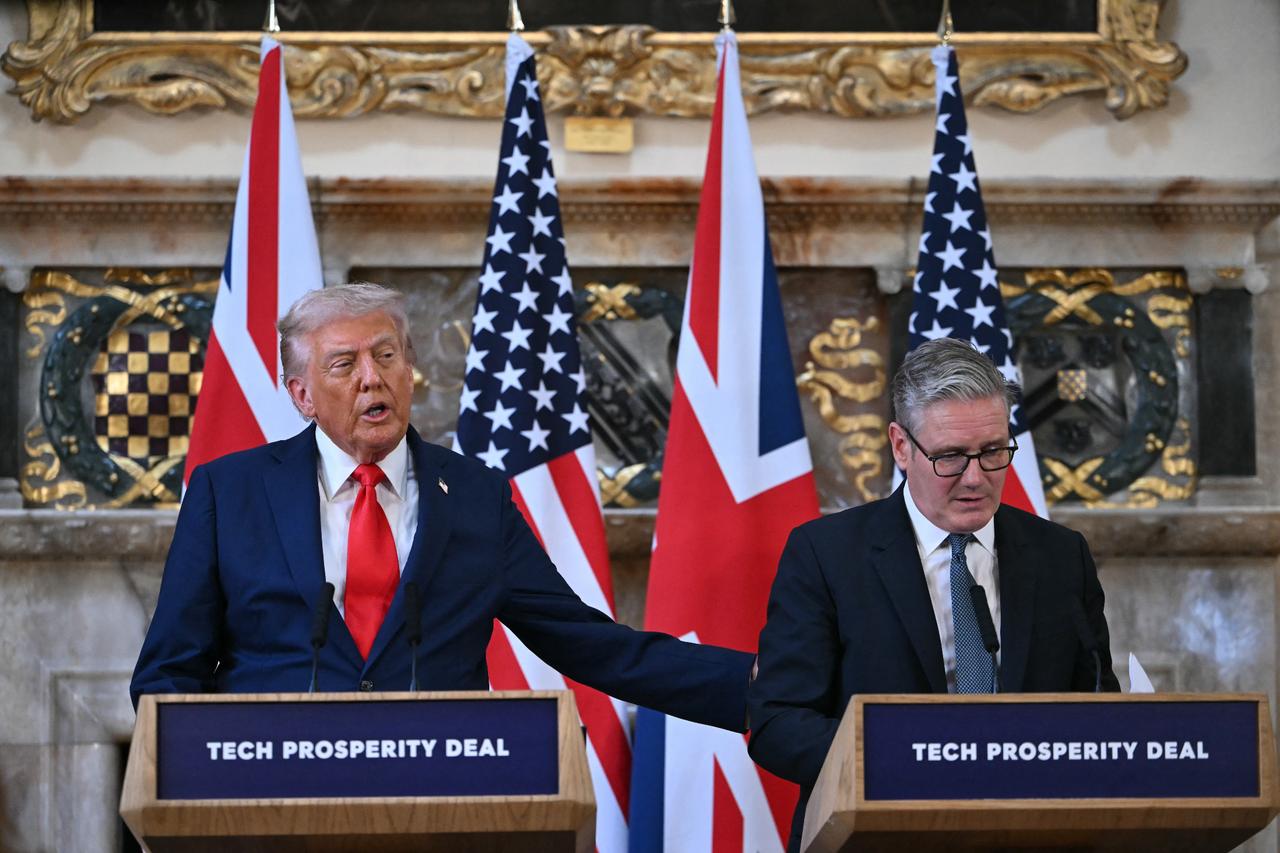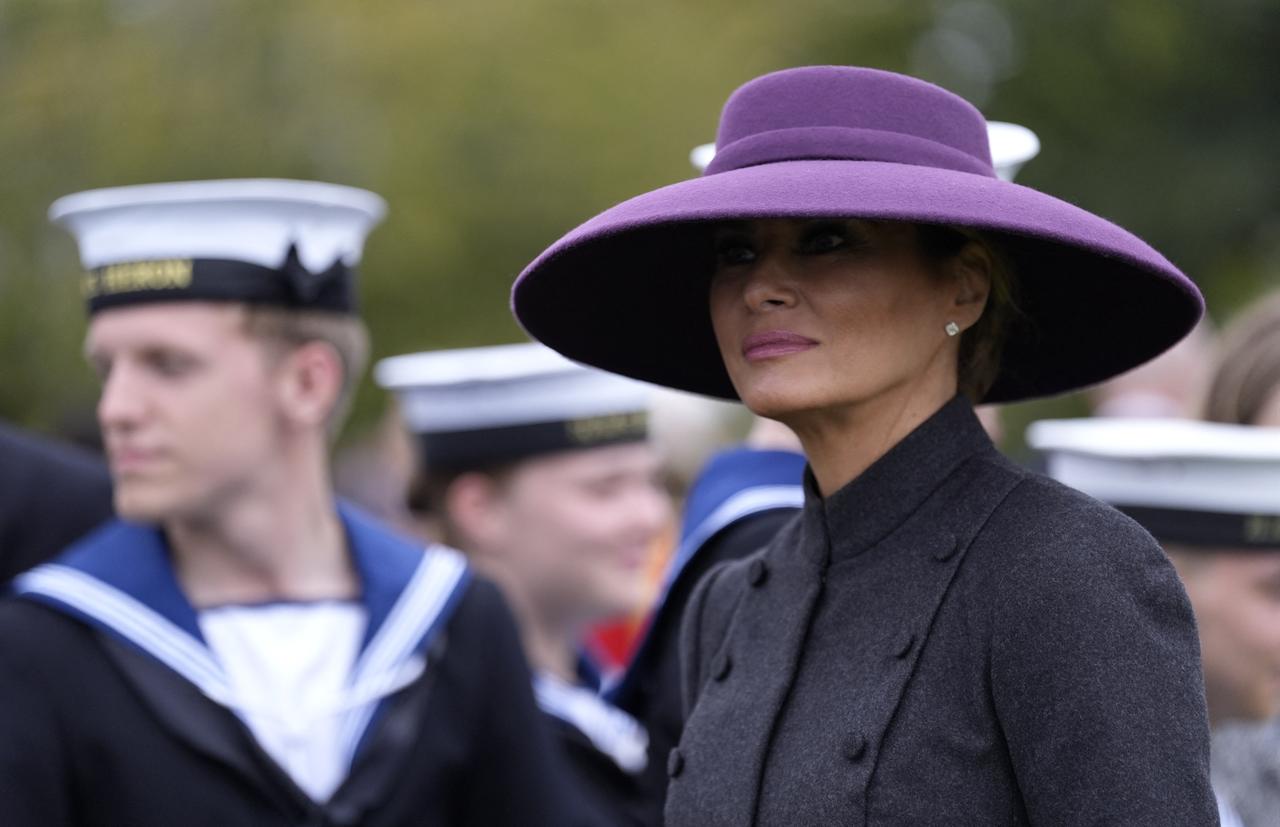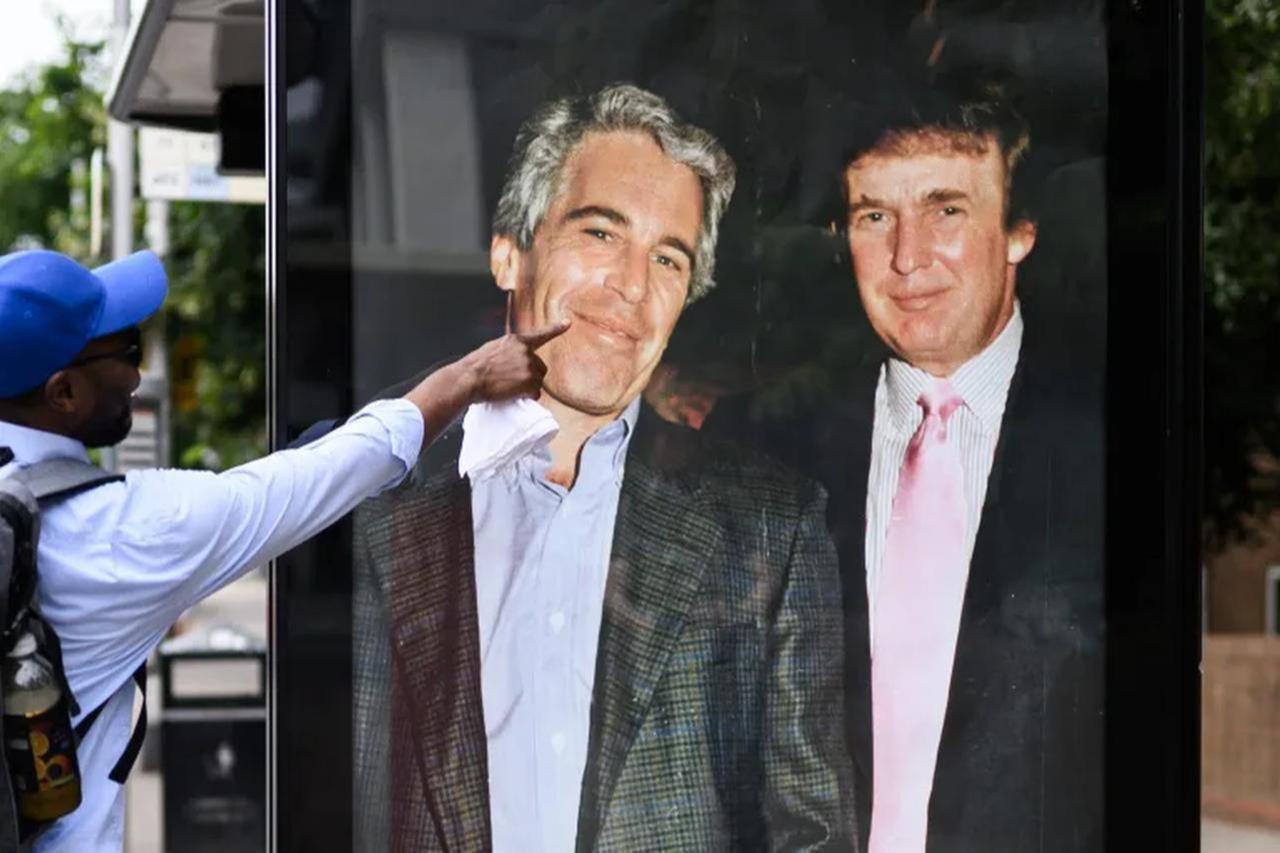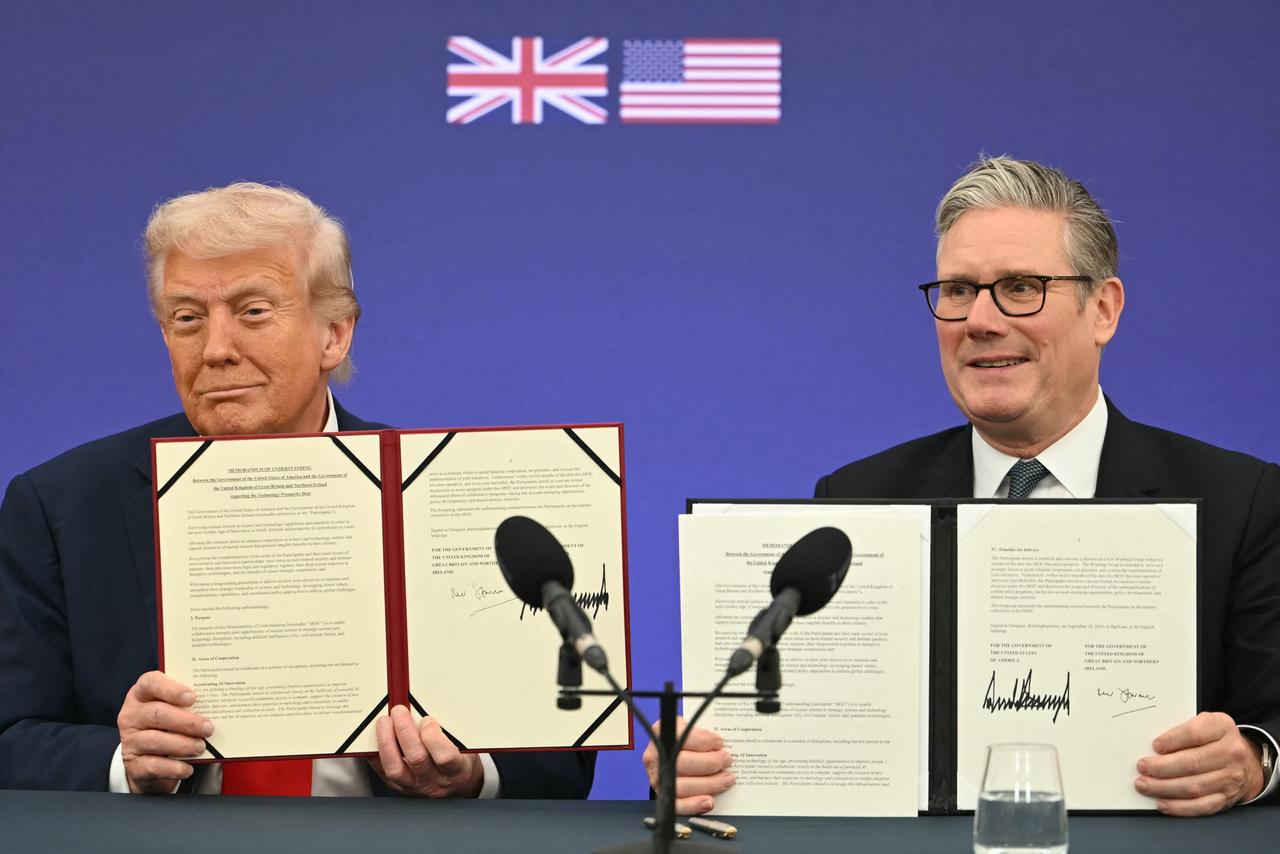
U.S. President Donald Trump's carefully orchestrated return to Britain on Thursday delivered royal pageantry, diplomatic restraint, and lingering controversies. Here are five key developments from the historic visit.
Around 5,000 demonstrators gathered in London to voice opposition to Trump's visit, but the president remained insulated from any public dissent. While protesters drummed, chanted and waved banners, Trump enjoyed red carpet treatment at Windsor Castle, located 35 kilometers away from the demonstrations.
The entire visit was meticulously planned to exclude public-facing events that could have caused embarrassment. Trump traveled by helicopter between Windsor Castle and Chequers, Prime Minister Keir Starmer's country residence, ensuring he remained behind impregnable ramparts throughout his stay.

King Charles III struck a diplomatic tone at Wednesday evening's state banquet, paying tribute to Trump's "personal commitment" to seeking peace globally. Trump responded by calling the experience "one of the highest honours of my life."
The president, whose mother grew up in Scotland, demonstrated his longstanding affection for Britain by lavishing praise on the royal family. He hailed Charles for raising his "remarkable son" Prince William, predicting the heir would achieve "unbelievable success in future." Trump also described Princess Catherine as "so radiant and so healthy and so beautiful," with reports indicating the two conversed extensively during dinner while she continues recovering from cancer treatment.

First Lady Melania Trump's purple statement hat dominated social media discussions, with its wide brim completely obscuring her eyes from view during the Windsor arrival. The dramatic millinery choice drew comparisons to her white and navy hat worn at her husband's inauguration.
Fashion commentators and the public offered various theories on social media and television, ranging from Melania's desire not to overshadow her husband to projecting mystery or simply preferring large hats. Despite extensive analysis, no definitive explanation emerged for the striking fashion statement.

The specter of convicted sex offender Jeffrey Epstein cast a shadow over the proceedings in multiple ways. Shortly before Trump's arrival, protest group Led by Donkeys projected images of Trump and Epstein onto Windsor Castle towers, including the president's mugshot and footage of the two men together.
Local police arrested four individuals "on suspicion of malicious communications" related to the projection. The controversy also affected Starmer's government, as the prime minister was forced to dismiss Peter Mandelson as ambassador to the United States just days before the visit due to scrutiny over Mandelson's past connections to Epstein.

Despite Trump's reputation for unpredictable behavior with foreign leaders, sources indicated the president deliberately avoided creating difficulties for Starmer, who faces domestic political pressure over recent missteps. At the concluding news conference, Trump acknowledged policy differences, including Britain's pledge to recognize a Palestinian state, but notably held back on potentially divisive topics.
This restrained approach enabled Starmer to highlight what he called the "biggest investment package of its kind in British history," a major technology deal signed during the visit. The lack of diplomatic friction allowed both leaders to emphasize economic cooperation over political disagreements.